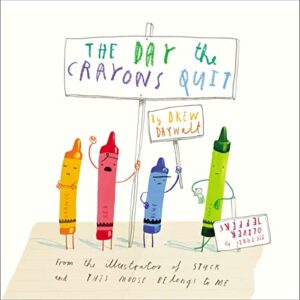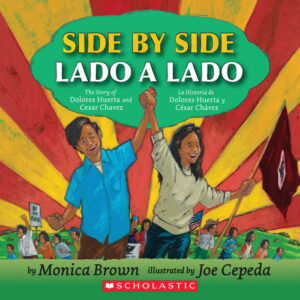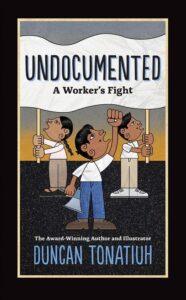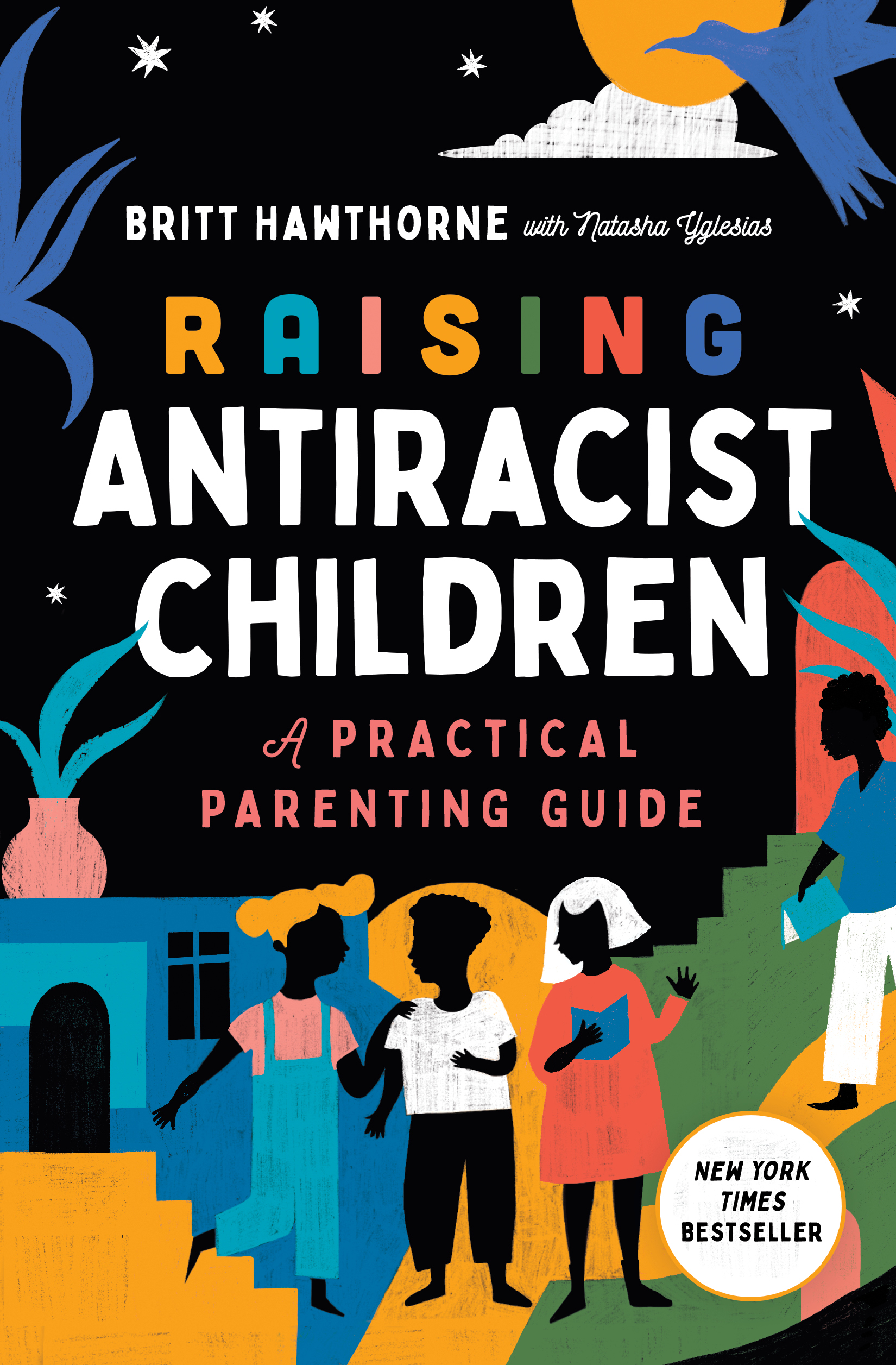Every year, as summer winds down and September begins, we come together to celebrate Labor Day. It’s a day when we acknowledge and honor the millions of people who have fought tirelessly for better working conditions, fair wages, and the protection of workers’ rights. It’s a day when we remember the pioneers who paved the way for labor unions and organized movements. Keep reading to learn how to celebrate Labor Day with family or in your classroom.
How to Celebrate Labor Day
While Labor Day is commonly celebrated with parades and barbecues, I invite you to take a more intentional approach this Labor Day by educating yourself and your community about the purpose of Labor Day and its modern-day implications.
A great place to start is by reading this blog piece! Keep reading to learn about key heroes of labor, a brief history of labor struggles, and the ongoing fight for workers’ rights. You’ll also learn a few tangible practices you can engage with to support safe and fair working conditions today. Finally, I’ll share three of my top recommendations for children’s books about Labor Day to read with your children. Ready to learn how to celebrate Labor Day? Let’s learn together.
1. Celebrate Five Key Heroes of Labor
To begin, let’s take a moment to celebrate the heroes of labor:
- A. Philip Randolph: A champion of civil rights and workers’ rights, Randolph fought for equality and dignity in the workplace.
- Dolores Huerta: A co-founder of the United Farm Workers, Huerta dedicated her life to improving the conditions of farmworkers and advocating for their rights.
- Cesar Chavez: Chavez, another key figure in the farmworkers’ movement, led the fight for better wages and working conditions for agricultural laborers.
Philip Vera Cruz: An organizer and leader in the Filipino-American labor movement, Vera Cruz worked to improve conditions for Filipino farmworkers in the U.S. - Mother Jones: Known as the “Miners’ Angel” or “Hellraiser,” Mother Jones was a tireless advocate for coal miners and workers’ rights.
These individuals and many others have left a lasting legacy in fighting for workers’ rights. Labor Day is a day to remember and celebrate their contributions.
2. Learn About the History of Labor Struggles
You probably have seen the famous photos of children picking cotton, shucking oysters, working in glass factories, or spending 13 hours washing and mending laundry. After nearly 30 years of fighting, the National Child Labor Committee helped to pass two important pieces of legislation successfully: the National Industrial Recovery Act and the Fair Labor Standards Act of 1938.
As we celebrate Labor Day, it’s essential to understand the historical context and pivotal moments that have shaped the labor movement in the United States.
Some significant events include:
- The Haymarket Tragedy (1886): A peaceful workers’ rally turned deadly when a bomb exploded, leading to the deaths of several police officers and civilians. This event sparked the push for workers’ rights and the eight-hour workday.
- The Great Railroad Strike (1877): A nationwide strike by railroad workers demanding better pay and working conditions. Although the strike was eventually suppressed, it paved the way for future labor movements.
- The Brotherhood of Sleeping Car Porters (1925): Led by A. Philip Randolph, this was the first African-American labor union to receive recognition from a major U.S. corporation.
- The United Farm Workers (1962): Co-founded by Cesar Chavez and Dolores Huerta, this union fought for better wages and conditions for farmworkers, significantly improving the agricultural industry.
- The Unionizing of Starbucks, Amazon, and Google (2021): Recent efforts by workers to unionize at major corporations highlight the ongoing struggle for workers’ rights in the digital age.
Do you enjoy my free resources? I’m Britt, the coffee-loving momma, author, and anti-bias/antiracist educator. Consider buying me a coffee to help me continue to provide free resources empowering families in raising antiracist children.
3. Study the Ongoing Fight for Workers’ Rights
Almost 100 years later, the federal laws implemented to provide minimum protections for child labor made many believe that children working in challenging and hazardous jobs had become extinct. However, in reality, the violations of child labor laws are increasing, and state lawmakers are attempting to weaken the standards that safeguard children in the workplace.
Steve Fraser at the Nation says, “At this point, virtually the entire economy is remarkably open to child labor. Garment factories and auto parts manufacturers (supplying Ford and General Motors) employ immigrant kids, some for 12-hour days. Many are compelled to drop out of school just to keep up. Similarly, Hyundai and Kia supply chains depend on children working in Alabama.”4. Support Safe and Fair Working Conditions
On Labor Day, we celebrate past achievements and commit to continuing the fight for fair pay, safe working conditions, and the 40-hour workweek.
Here’s what we do as a family:
- Support Ethical Clothing Brands: Choose brands prioritizing fair labor practices and ethical production.
- Pay Disabled Workers a Fair Wage: Advocate for fair wages for all, including disabled workers.
- Value Time Off and Leave: Recognize the importance of work-life “balance” and the need for paid leave.
- Practice Fair Hiring at Home: Promote diversity, inclusion, and justice when hiring contractors and service providers, especially childcare and cleaning experts.
- Empower Young Workers: Educate young people about their rights in the workplace and the importance of unions. We role-play with Carter to practice advocating for pay, time off, and reporting grievances.
As Teen Vogue’s Labor Union Edition aptly says, “The goal is to empower students to speak up and advocate for the working conditions and pay they deserve.”
5. Read Children’s Books on Labor Day

For the littlest ones, The Day the Crayons Quit by Drew Daywalt (Ages 4-8) introduces the concept of fairness and individuality through the voices of crayons.

For slightly older kids, Side by Side/Lado a Lado: The Story of Dolores Huerta and Cesar Chavez by Monica Brown (Ages 7-11) offers a bilingual journey through the lives of two iconic labor activists, teaching the power of unity.

Lastly, for teenagers and older readers, Undocumented: A Worker’s Fight by Duncan Tonatiuh (Ages 12 and older) sheds light on the struggles of undocumented workers, fostering empathy and social consciousness.
This Labor Day, let’s enjoy a day off and reflect on our progress and the work that lies ahead in our collective pursuit of workers’ rights and justice. As always, I’m rooting for you!
Teachers, download my Parent–Teacher e-guide to nurture a strong parent–teacher relationship this year!





